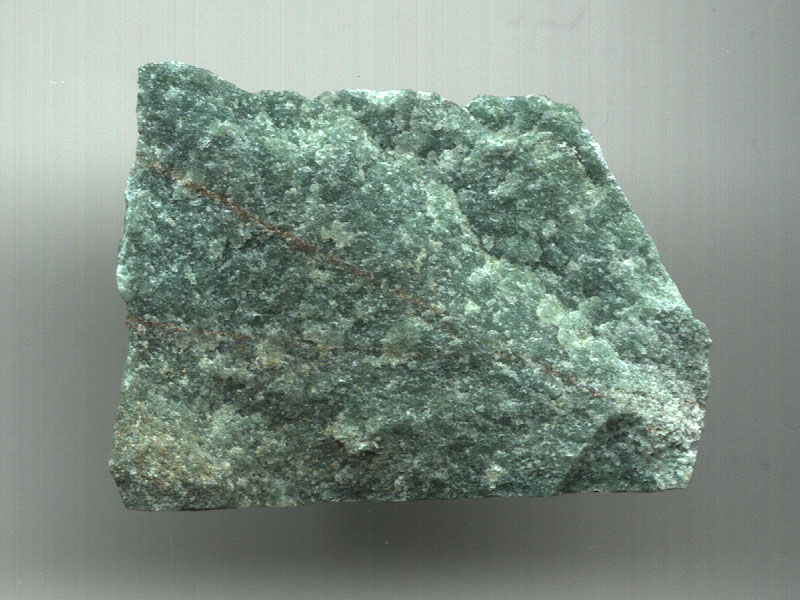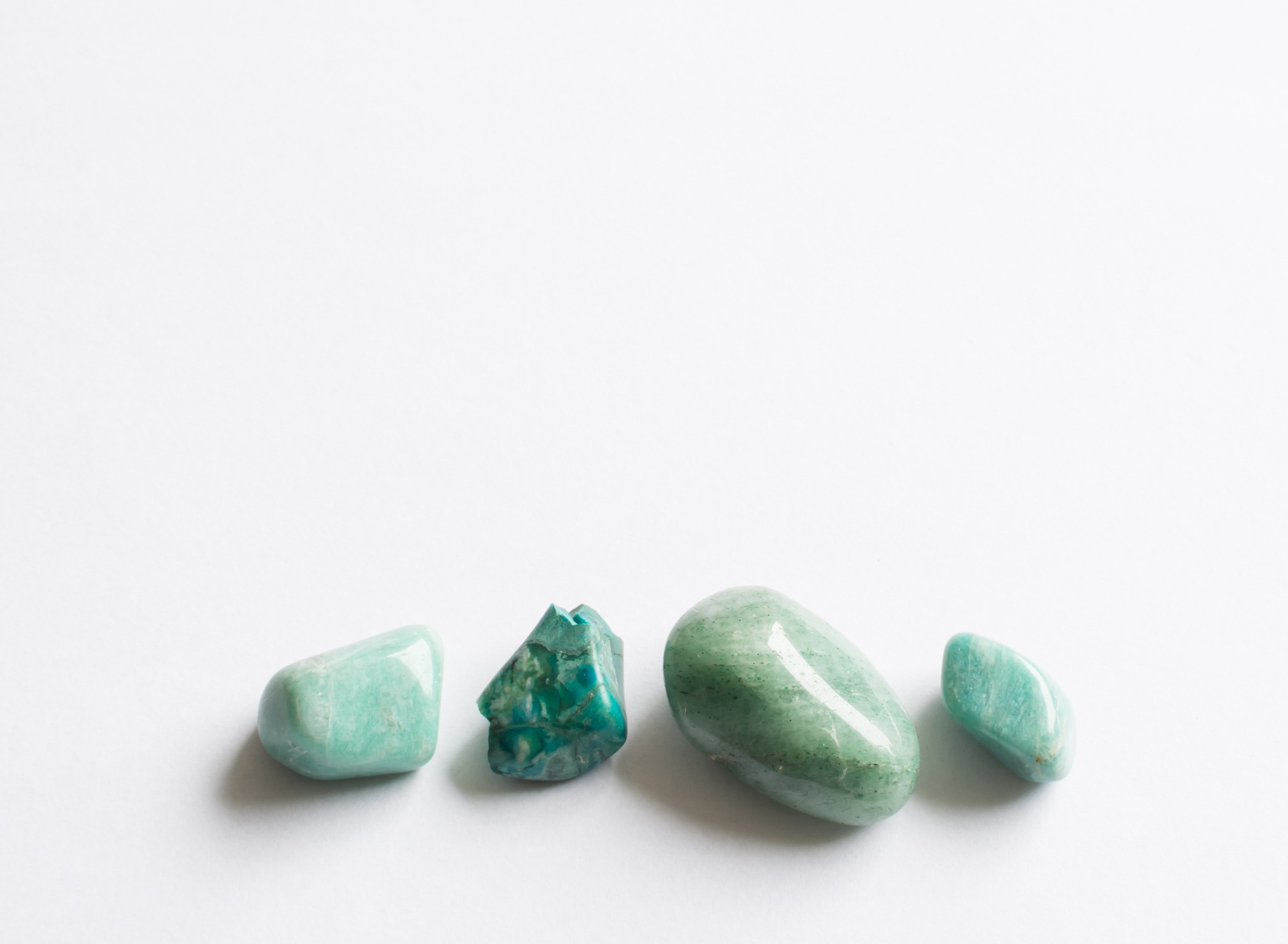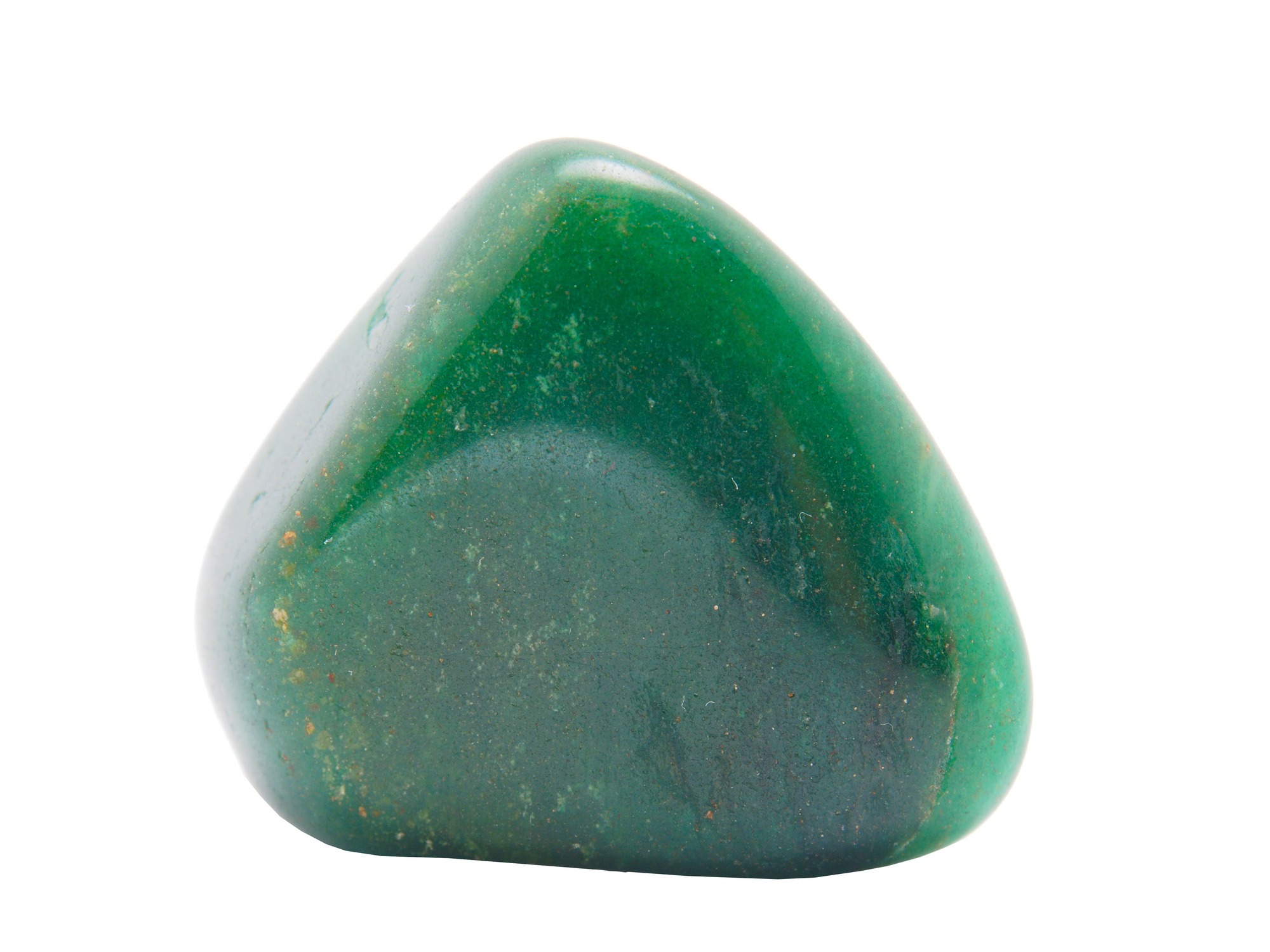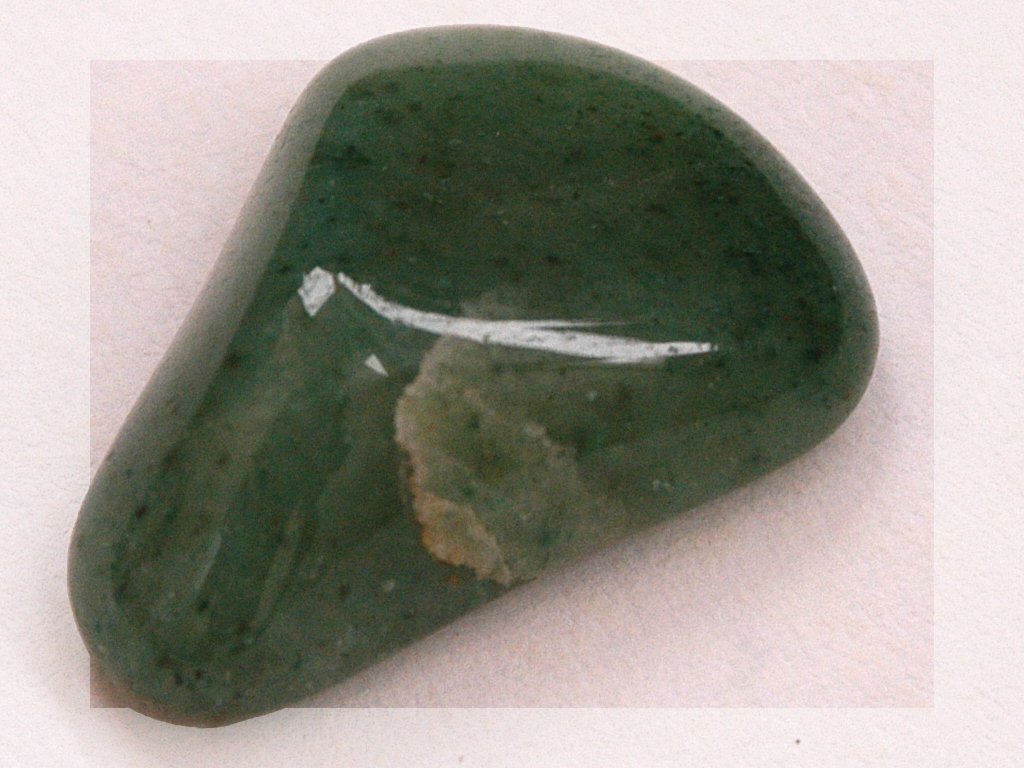Aventurine, sometimes written as avanturine, is either one of two gem minerals, one a plagioclase feldspar and the other quartz. Due to strategically placed microscopic inclusions of mica or hematite, both have a brilliant reflection. It is characterized by its translucency and the presence of platy material inclusions that give it a shimmering or glistening effect termed “aventurescence”. The aventurescence comes from the presence of fuchsite, which adds a silvery green or silvery blue shine to the crystal.
Popular uses of Aventurine quartz are:
- Landscape stone
- Building stone
- Jewelry
- Vases
- Bowls
- Aquaria
- Monuments
- Beads
- Statuettes
This stunning stone is sought for both its aesthetic appeal and its therapeutic properties. An aventurine stone will aid in attracting financial success while also allowing abundant and unconditional love into your life if you find yourself in times of poverty or heartbreak.
There are several views regarding how the divine crystal’s name is to be, hence the name of the Aventurine stone is a controversial subject. Some people think that it was inspired by its delightful shimmering quality. Its name, according to this theory, comes from the word aventurescence, which is the term used to describe the aesthetic appeal of minute particles of a highly reflecting material.
Others say that the Italian word “avontura”, which means chance, is where the name Aventurine stone came from. This is interpreted as a subtly assertive indication that this stone will bring riches and abundance into your life. The aventurine crystal is known as the “heart healer” in a spiritual sense. The heart chakra, known as “Anahata,” to which it is connected, serves as an activation point for emotions of love, compassion, gratitude, and inner peace and harmony.
How to tell if aventurine is real?
One of the best ways of checking if an Aventurine is real is to assess the distribution of coloring on the stone. The real aventurine will have different color depths across it rather than being one complete and even color. Another way how to tell if an aventurine is not real is if the color is too even or too saturated. True Aventurine will also have Aventurescence where the stone shimmers.
Brief History of Aventurine
It was in the eighteenth century when Aventurine was first discovered. Aventurine was derived from the Italian word “all’avventura” or “a Ventura” which means “by chance”. History tells us that during the 1700s, metal filings were accidentally dropped into a vat of melting glass. The filings had beautiful sparkles when cooled and were used to manufacture jewelry. The natural stone was given the name “aventurine” because of its resemblance to glass. Different colors of aventurine can be found in Russia, Spain, and Chile of which is orange. Green and Blue can be found in India.
Other names for aventurine include:
- Indian Jade
- Adventurine quartz
- Adventurine
Types of Aventurines
1. Green Aventurine
The green aventurine is known as the stone of chance. These gemstones manifest riches and success are those made of green aventurine. Green aventurine was once kept in royal treasures to increase riches. Wealthy people from all walks of life today consider aventurine as their favorite gemstone.
Green Aventurine is referred to as “the stone of opportunity” and is said to bring success in a variety of areas including financial luck, luck with relationships, or simple luck in anything one does. It inspires positivity, inventiveness, self-assurance, and motivation. It also encourages individuals who face challenges in life to continue and conquer them. Green Aventurine is also excellent for individuals who are looking for love late in life.
Benefits:
- Comforts people with heart ailments
- Serves as a good luck charm for athletes to win the game
- Gives good luck for promotions and salary increase
- Has a calming effect on anger
- Develops leadership qualities and enhances communication to motivation and convincing skills
2. Blue Aventurine Gemstone
The greatest gemstone for meditation is blue aventurine. It opens the third eye and may be used to connect with the power of the cosmos and the inner self.
Benefits:
- Helps get rid of negative emotions and thoughts
- Eliminates old negative thinking patterns
- Improves communication and helps open up when speaking skills to speak the truth
- Helps to overcome addiction of any kind.
- Help you to realize your qualities and have faith in them.
3. Yellow Aventurine
The solar plexus chakra is balanced by the yellow aventurine beads. The Solar Plexus Chakra is crucial in the development of our personalities. It grants you a distinctive identity.
Benefits:
- It helps decision-making and gives you control over things
- It uplifts negative emotions
- Helps you to focus on goals to achieve them
- It balances Yin-Yang energy which represents man and woman respectively
- Treating headaches, allergies, migraine, and sinus-related problems
- It helps to overcome anxiety
- For creative fields like acting, music, and designing
- The yellow aventurine energies help you to have a powerful personality
Where is aventurine sourced?
The majority of green and blue-green aventurine originates in India, specifically from the areas of Mysore and Chennai, where it is widely used by craftspeople. Chile, Spain, and Russia all have material that is creamy white, orange, and gray.
How is aventurine formed?
It is a form of quartz that is born in igneous, sedimentary, and metamorphic rocks. Aventurine is made of a mixture of feldspar and quartz. The formation of aventurescence, which gives aventurine its notable shimmer, is caused by the presence of particles of other elements (mica, fuchsite, hematite) in the stone.
Aventurine as a Jewelry
Due to tiny light-reflecting inclusions embedded inside the stone, aventurine shimmers and glows. This unusual gem can include tiny inclusions of gleaming minerals that shine and catch the light. Aventurine, which is occasionally mistaken for green jade, is frequently used in exquisite jewelry designs as cabochons or beads.
Aventurine occasionally has additional mineral inclusions that give the stone a sparkly sheen. While aventurine with hematite has a reddish or brownish glitter, aventurine with mica inclusions has a silvery luster. To be used in rings, earrings, necklaces, bracelets, and other jewelry, aventurine is often cut into cabochons or stones.
Aventurine Prices and Value
Prices for aventurine stones are very reasonable, especially when compared to those for other well-known green gems like jade or emerald.
Per carat, green aventurine prices can range from $3 to $30. However, most aventurine stones, particularly at wholesale, cost $3–4 per carat.
One of the most widely used types of aventurines marketed is cabochons. These usually cost $0.15 to $0.26 per gram (or $0.05 to $0.03 per carat).
If you prefer all-natural ray crystals, Rough Aventurine sells for about $7-$15 per pound ($0.01-$0.03 per gram).
Some types of aventurines are more expensive than others. For example, stones with more aventurescence sell for more money. Aventurine in rare colors is more expensive since they are more difficult to find.
Ultimately, it’s ideal to select an aventurine gem that appeals to you. You may be sure to discover a jewel that suits both your personality and your budget with such a wide price range!
Interesting facts about Aventurine
This stone has associations with both the Virgo and Taurus zodiac signs as well as the heart chakra. It is frequently referred to be a fortunate stone and is sometimes referred to as the “gambler’s stone” since it frequently brings success in games of chance or competitions.
According to legends, it is a multipurpose healer that may be used to promote prosperity, boost confidence, and relieve stress. According to a Tibetan tale, aventurine was worn to enhance creativity and improve nearsightedness.
Many people think that aventurine may soothe an unsettled spirit and promote inner tranquility.
Aventurine Specifications and Characteristics
- Colors: Usually green. It may also be orange, yellow, red, pink, white, brown, blue, and gray
- Crystal structure: Trigonal (sub-group of hexagonal)
- Luster: Vitreous, waxy, and aventurescent
- Transparency: Slightly translucent to opaque
- Refractive index: 1.54 – 1.55
- Density: 2.64 to 2.69
- Cleavage: None or indiscernible
Conclusion
The calm, upbeat vibrations of aventurine tend to heighten our feeling of optimism, eliminating any stagnant negativity from our energy fields and enabling us to make fresh, self-supporting decisions in our life. There are types of Aventurines, and they differ in their price ranges depending on the number of Aventurines gems and their rareness.




